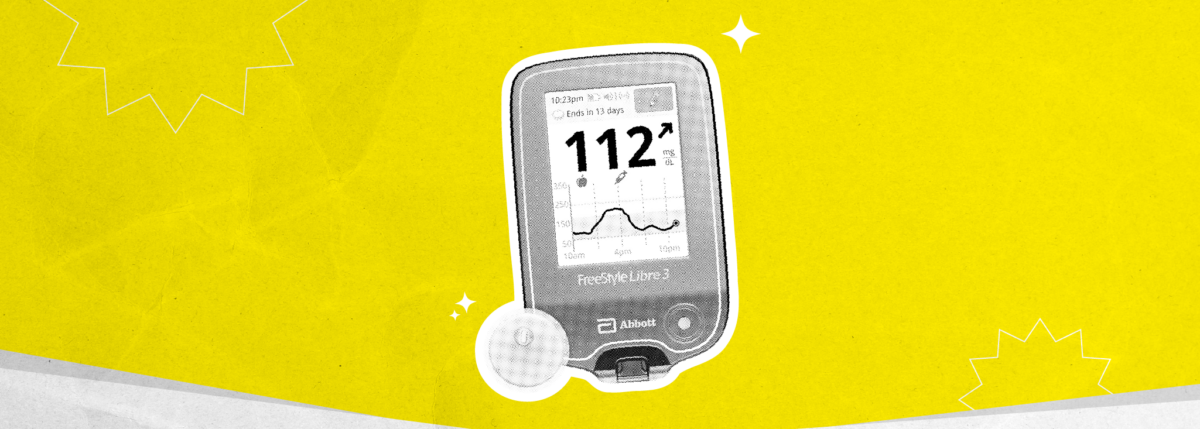Eight Ways to Watch Your Sodium Intake
Written by: Eugenia Araiza/ Mariana Gomez
4 minute read
February 20, 2021
Learn why it's important to watch your sodium intake and discover 8 easy ways to do it.
For some time, it has been emphasized that healthy eating also includes moderating our sodium intake. In some countries, such as Mexico, in an attempt to help the population reduce their salt intake, campaigns were created targeting the general population. As a result, the Ministry of Health along with the Mexican food industry removed saltshakers from restaurant tables, joining a hypertension prevention campaign in 2013.
What is Salt? Is it the Same as Sodium?
Salt and sodium are used interchangeably, but there are some differences.
Sodium is a mineral that, when joined with other chemical components, forms substances that help preserve or enhance the flavor of food and is an ingredient in some foods, especially when they are processed foods, particularly if they contain preservatives. Sodium is a chemical element that must be handled with great caution since its improper handling can cause burns and injuries.
The term commonly used as “salt” refers, in a food and health context, to table salt. This is what we add to our food to give it some flavor and it can also be used as a preservative. Salt is a chemical compound formed or constructed by a molecule of sodium and a molecule of chloride. Being one of the most common combinations in food, it is a mixture that we need to be careful with, however, it is not the only source of sodium found in food. Sodium can be found as sodium erythorbate, sodium bicarbonate, among others.
Salt is not only used to season food but also as a preservative and stabilizer among other purposes.
If we have learned something when studying about food to take care of our health and body in general, it is that we need to balance nutrients, macro and micronutrients, and sodium are no exception. In fact, the human body needs sodium, in small amounts, to perform several important functions.
Sodium’s Role in the Body
Sodium plays an essential role within the body as it helps to transmit nerve impulses through a mechanism called “sodium-potassium pump”, which is very necessary for muscle contractions which include heartbeats. It also plays a part in electrolyte balance as well as the absorption of nutrients.
Blood and other body fluids travel in the body transporting both nutrients and waste substances and this is when sodium becomes important since when sodium levels within the body rise, it stimulates some receptors and that is when we become thirsty and when sodium levels are low, its output through urine decreases. That is why, when we become dehydrated for any reason, we can feel cramps in the muscles, and to solve it is usually recommended to take electrolyte drinks that contain sodium chloride to recover that lost nutrient.
Why It’s Important to Limit Sodium Intake
As we mentioned, consuming sodium in our diet is very important, but provided it is balanced with the features that our body requires. Many studies published to date have concluded and shown that reducing salt intake can result in decreased blood pressure levels.
In fact, according to the World Health Organization, the increasing consumption of foods that are richer in energy with saturated fats, fatty acids, trans fats, sugar and salt have been linked to an increase in cases of hypertension and therefore of heart disease and cerebrovascular accidents.
Consuming too much salt can also contribute to kidney problems, fluid retention and osteoporosis. This, as we will discuss later, does not mean that you simply have to remove the salt shaker from your table, but rather that you should take some special precautions regarding the “sodium content of the foods you eat” without forgetting that it is also important in our diet.
Recommended Sodium Intake Guidelines
The recommended amount of daily value for sodium is less than 2,300 mg per day. You can keep track of your sodium intake with calorie-counting apps such as the ones on this list, among others.
According to FDA data, it is recommended to check the %DV to know if a product has a low, moderate, or high amount of sodium to be able to select food. The FDA’s specific guideline is that, if the Nutrition Facts label indicates 5 percent or less of the DV of sodium per serving, it is considered low; and 20 percent or more of the DV for sodium per serving is considered high.
Which Common Foods Are High in Sodium?
Remember, there are ways to incorporate different kinds of foods into a healthy eating pattern. With that said, it’s always good to know which foods are high in sodium so you can decide how to include them in your balanced diet. Below is a list of common foods that are higher in sodium.
- Cheeses
- Cold cuts (ham, sausage, bacon)
- Meats
- Dressings
- Condiments
- Canned foods
- Baking powder
- Olives
- Baking soda
- Salty snacks (crackers, chips, nuts, peanuts)
- Canned or jarred soups, broths, or dry soup mixes
- Canned vegetables
- Seasoned salts (with onion, salt, garlic salt, in vinegar)
- Soy and teriyaki sauces
Which Foods are Naturally Low in Sodium?
Natural foods are always a good option for low sodium foods such as:
- Fresh fruits and vegetables
- Frozen fruits and vegetables without preservatives or any preservation process are also a good choice
- Oatmeal and some natural cereals that are not processed
- Fresh cheeses contain less sodium than preserved or hard cheeses
Eight Ways to Lower Your Sodium Intake
While salt adds flavor to a dish, it’s not the only way to make sure your food doesn’t taste bland. Here are some tips to reduce your sodium intake.
- Use Aromatics to Add Flavor: Try or choose not to add salt to your food, there are other ways to flavor it. Onions are commonly used to add flavor or seasoning to different foods and dishes. Garlic can also be used. Consider that some preparations or spices (or condiments) have salt in their ingredients, so we suggest you use salt and natural garlic. You can also find no-salt seasonings in grocery stores.
- Cook with Fresh or Dried Herbs: You can season your food with some herbs that work very well, such as oregano, thyme, coriander and parsley. Now, if you like strong flavors, you can also use some type of chili pepper. Remember, choose the natural version as they will have more sodium if they are canned.
- Use Other Flavor-Boosters such as lemons and vinegars.
- DIY and Learn how to make sauces, dressings and snacks. Cooking at home, in general, allows you to have more control over the amount of salt in your food.
- Choose Lower-Sodium Options such as low or no-sodium broths, sauces and jarred/canned items.
- Wash the Contents of Your Cans: canned foods contain salt as a preservative. In case it is impossible not to use them, wash them thoroughly to remove some of the excesses.
- Choose Fresh Vegetables instead of packaged, some are processed and contain sodium.
- Avoid processed or packaged foods.
Often, when it comes to sodium, you have an image of all the negative effects it has on our body, however, it is an indispensable compound in the functioning of our body and a deficiency can have negative effects on our health.
Sodium, like many minerals, cannot be classified as good or bad, but they are necessary so that, in the appropriate amounts, you achieve the balance that your body needs to maintain good health.

Author
Eugenia Araiza/ Mariana Gomez
Eugenia Araiza: Eugenia has a degree in nutrition specializing in diabetes and she is a diabetes educator. She was diagnosed with type 1 diabetes 25 years ago, she is the creator of Healthy Diabetes. She really enjoys studying and helping others in managing their different types of diabetes. She loves studying, managing type 1 diabetes and nutrition. She especially enjoys writing about the impact diabetes has in her life. She lives surrounded by the love of her family, who are Luis Felipe, who lives with latent autoimmune diabetes in adults (LADA) type diabetes and her teenage son, Indigo. </br></br>Mariana Gómez: Mariana is a psychologist and a diabetes educator. In 2008, Mariana started a blog where she shares her life experience with others and started advocating through social media. Mariana worked with the Mexican Diabetes Federation as a communications manager and in other efforts to help build and empower the online diabetes community in Mexico. Today she is the director of emerging markets at Beyond Type 1. She is the mother of a teenager.
Related Resources

The biggest barbecue day of the year is the 4th of July! Celebrating the 4th...
Read more

Hypoglycemia and severe hypoglycemia are two things against which all people with diabetes should be...
Read more

Whether or not you have type 2 diabetes, you must eat. You must also pay...
Read more

